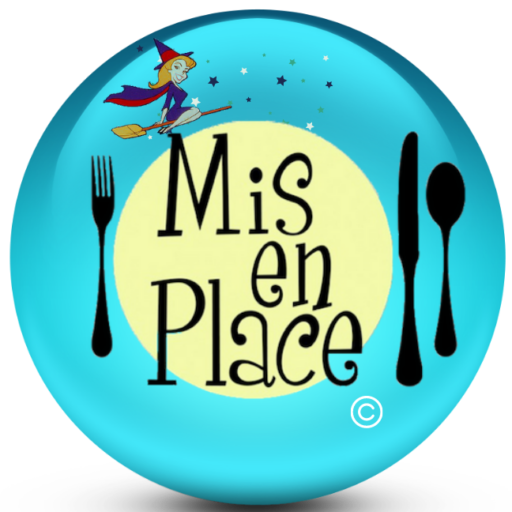Abstract:
Effective onboarding plays a crucial role in the success and retention of restaurant employees. This comprehensive guide outlines the best practices for onboarding new hires in a restaurant setting. It covers essential steps such as pre-boarding preparation, creating a welcoming atmosphere, providing comprehensive training, assigning mentors, and conducting regular check-ins. By implementing these practices, restaurant owners and managers can create a seamless onboarding process that sets new employees up for success, enhances job satisfaction, and fosters a positive work culture.
Introduction
Onboarding is a critical process that lays the foundation for a successful employment journey. Effective onboarding is vital in the restaurant industry, where staff performance and customer satisfaction are paramount. This guide presents best practices for creating a comprehensive onboarding process to welcome and integrate new employees seamlessly into the restaurant.
Pre-Boarding Preparation
- Welcome Package: Before the first day, provide new hires with a welcome package that includes essential information about the restaurant, such as the menu, core values, and dress code.
- Paperwork: Streamline the paperwork process by providing electronic forms and documents for completion before the start date, reducing administrative burdens on the first day.
- Scheduling and Communication: Communicate the start date, shift timings, and any additional information the new employee may need. Ensure open lines of communication to address any questions or concerns.
Creating a Welcoming Atmosphere
- Warm Greetings: Welcome new employees with genuine warmth and enthusiasm, making them feel valued and appreciated when they enter the restaurant.
- Introductions: Introduce new hires to the team, including managers, colleagues, and support staff, fostering a sense of camaraderie and inclusion.
- Tour of the Restaurant: Provide a comprehensive tour of the restaurant, highlighting different areas, workstations, and employee facilities.
- Welcome Lunch: Organize a welcome lunch for the new employees to integrate them into the team further and provide an opportunity for informal interactions.
Comprehensive Training
- Job-Specific Training: Tailor training programs to the specific role of the new employee, ensuring they are equipped with the knowledge and skills required to excel in their position.
- Mentorship: Assign a seasoned employee or mentor to guide the new hire, offering support, answering questions, and providing insights into the restaurant’s culture and expectations.
- Hands-on Experience: Encourage hands-on learning by allowing new hires to shadow experienced employees and participate in real-world scenarios.
- Safety Training: Prioritize safety training, including food handling, health protocols, and emergency procedures, to ensure the well-being of staff and customers.
Setting Clear Expectations
- Job Responsibilities: Clearly outline job expectations, responsibilities, and performance standards, providing a roadmap for success.
- Performance Goals: Discuss performance goals and growth opportunities to motivate employees and align their aspirations with the restaurant’s objectives.
Regular Check-Ins
- Manager Check-Ins: Conduct regular check-ins between new employees and their managers to address any concerns, provide feedback, and offer support.
- Employee Feedback: Encourage new hires to continually share their experiences and suggestions during check-ins to improve onboarding.
Fostering a Positive Work Culture
- Team-Building Activities: Organize team-building activities to foster camaraderie and employee collaboration.
- Inclusive Environment: Create an inclusive work environment that values diversity and promotes respect among all team members.
Recognizing Accomplishments
- Acknowledgment: Recognize and celebrate new employees’ achievements and milestones, reinforcing their value to the team.
- Performance Reviews: Conduct regular performance reviews to provide constructive feedback and acknowledge areas of improvement.
Continuous Learning and Development
- Ongoing Training: Offer continuous training and development opportunities to enhance employees’ skills and foster professional growth.
- Cross-training: Encourage cross-training to enable employees to develop skills in different areas of the restaurant.
Conclusion
A comprehensive onboarding process sets the stage for a positive and successful employment journey in the restaurant industry. By implementing the best practices outlined in this guide, restaurant owners and managers can create a welcoming atmosphere, provide thorough training, and foster a positive work culture for new hires. A seamless onboarding process enhances employee satisfaction and retention and contributes to overall operational excellence and customer satisfaction in the restaurant.


Recent Comments